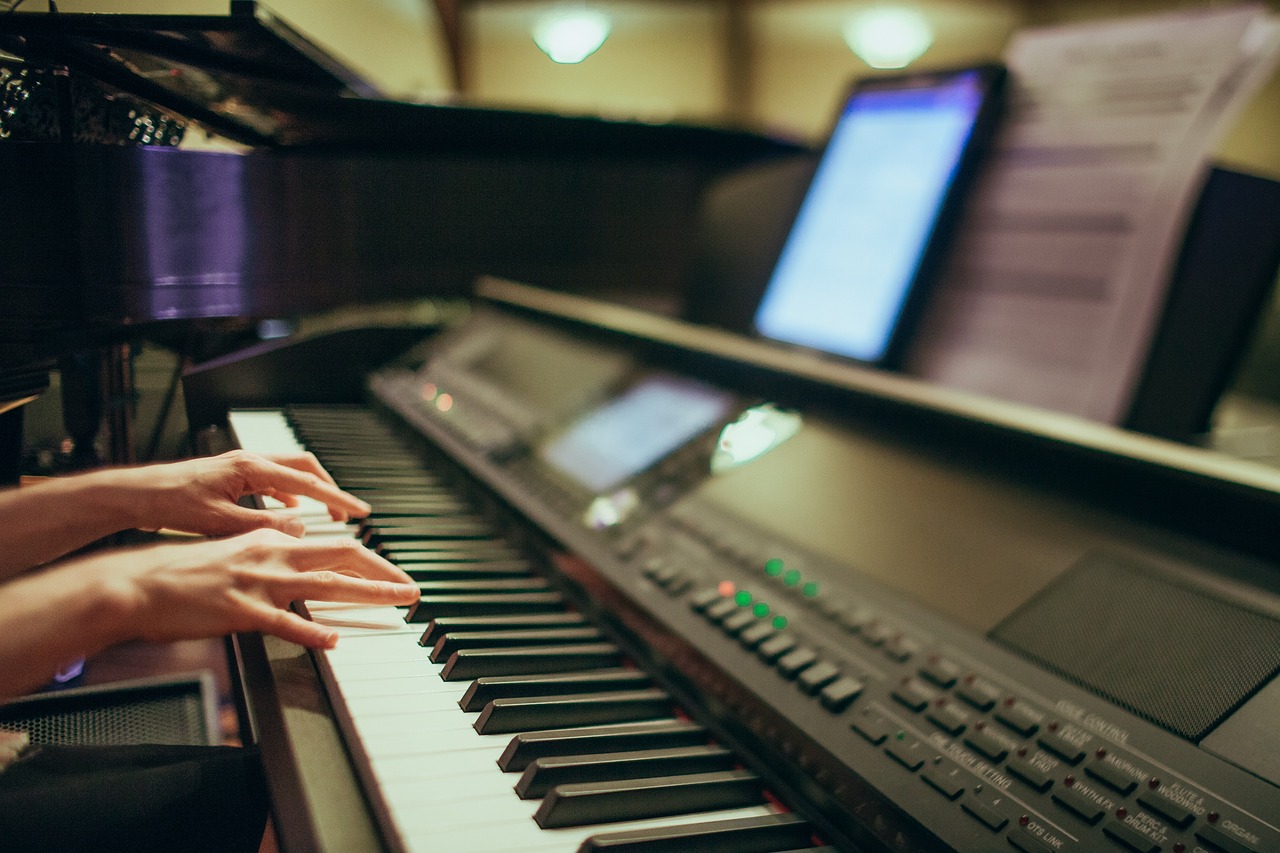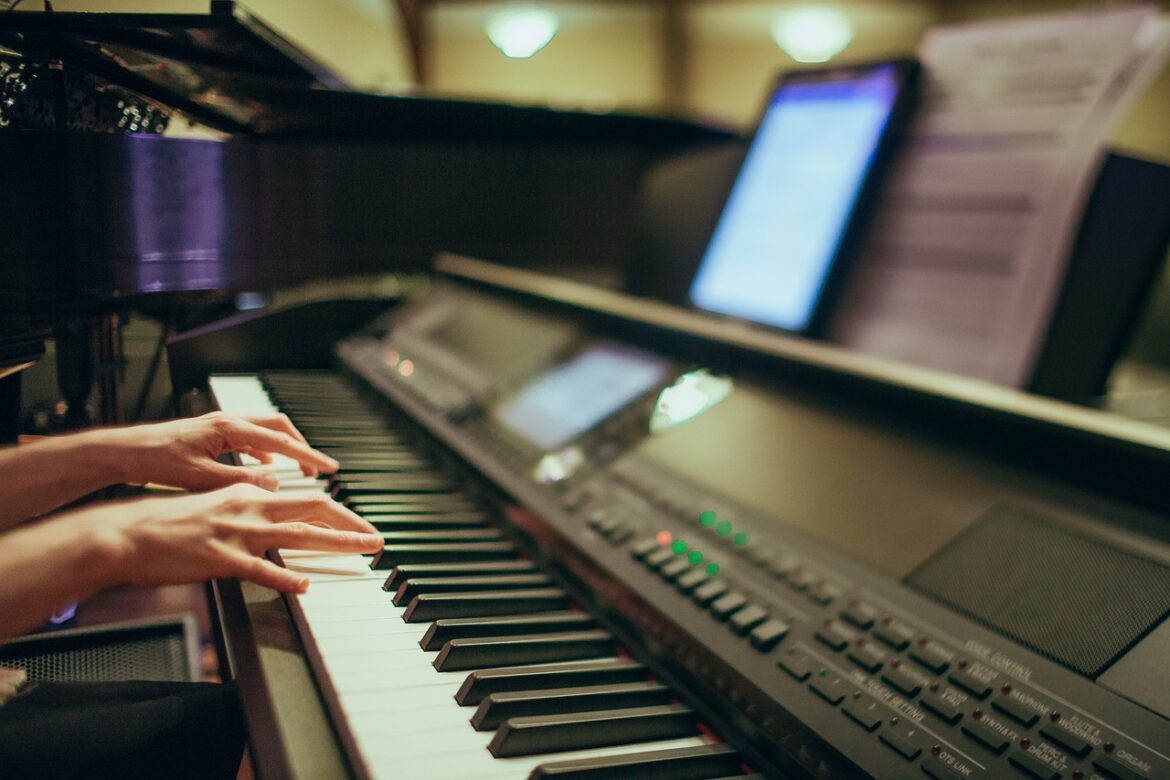The many benefits of learning to play the piano are no secret – from increasing your motor skills and spurring creative growth to elevating your mood and providing a means for self-expression.
Whether you’re hoping to develop professional mastery or just dabble in this classic skill, learning the proper technique on a digital piano is essential.
By adopting good practice habits while seated at the keys, you can set yourself up for success as you learn this timeless instrument.
In case that you were able to get yourself good digital piano for sale, take the time to learn about how to make playing it an enjoyable experience with positive results.

Start with a plan – create a practice schedule that fits your lifestyle and goals
When it comes to learning how to play the piano, developing good practice habits is key. The first step in doing so is to create a plan that works for you.
Creating a practice schedule that fits your lifestyle and goals will help ensure that you make progress and stay motivated. It’s important to consider things like how much time you can realistically dedicate to practice each day and what areas you want to focus on improving.
By thinking through these things and creating a plan that works for you, you’ll set yourself up for success in your piano-playing journey.
Also Read: What instrument does Kenny G play?
Set realistic expectations – break down complex pieces into manageable chunks
Learning to play the digital piano can be a challenging but rewarding experience. To develop good practice habits, it is important to set realistic expectations.
This means understanding your own abilities and breaking down complex pieces into manageable chunks. It may be tempting to jump straight into playing your favorite song, but taking the time to master simpler sections first can actually speed up your overall progress.
With dedication and patience, you can make significant strides in your digital piano skills and reach your goals. Remember, practice makes progress, not perfection.
Familiarize yourself with the instrument – learn basic concepts such as posture, note names, and rhythm
Investing in a digital piano for sale is just the first step towards mastering this versatile instrument. To develop good practice habits and become a skilled player, it’s essential to become familiar with the basic concepts underpinning piano playing.
This includes posture, note names, and rhythm, all of which form the foundation of playing any piece of music. By taking the time to learn and understand these concepts, you’ll be able to progress faster in your piano-playing journey, allowing you to tackle more complex pieces with confidence and ease.
Whether you’re a beginner or an experienced player, developing good practice habits will pay dividends in the long run, helping to ensure that you achieve your musical goals and become the best player you can be.
Warm up before you play – practice scales and arpeggios to get your fingers warmed up and ready to play
One of the most crucial habits is to warm your fingers before playing. Just like how athletes stretch before a game or workout, practicing scales and arpeggios will help you to limber up your fingers and get them ready to play.
By establishing this habit, you’ll be able to improve your technique and accuracy and reduce the risk of injury. It may seem tedious, but it’s a small investment of time that will pay off in the long run.
So the next time you sit down to practice on your digital piano, be sure to take a few minutes to warm up your fingers and establish good practice habits.
Play along with backing tracks – use recordings or MIDI files to help you learn faster and challenge yourself
Another practice habit that can make a big difference is playing along with backing tracks. These tracks can come in the form of recordings or MIDI files and can provide a useful tool for learning faster and challenging oneself.
Online tools such as Drumloop AI are great for creating backing drum tracks quickly and easily, and help with practising to different tempos and styles.
By playing along with a backing track, learners can develop a better sense of rhythm and timing, as well as helping to build confidence in playing complex melodies.
Additionally, using backing tracks is a great way to keep practice sessions from getting repetitive and can be a fun way to experiment with different musical styles.
Also Read: Best Sounding Vinyl Records of All Time
Record yourself playing – listen back to hear areas for improvement and congratulate yourself on successes
By listening to your recording, you can identify areas of improvement and pinpoint exactly where you need to work.
Whether it’s a section where you keep making the same mistake or a phrase that doesn’t sound as fluid, hearing your playing from an external perspective can really make a difference.
But don’t just focus on the negatives! Remember to also congratulate yourself on the successes and improvements you’ve accomplished. Celebrate each step forward in your musical journey.
Recording yourself playing on a digital piano helps you develop good practice habits and allows you to appreciate the beauty of your progress.




